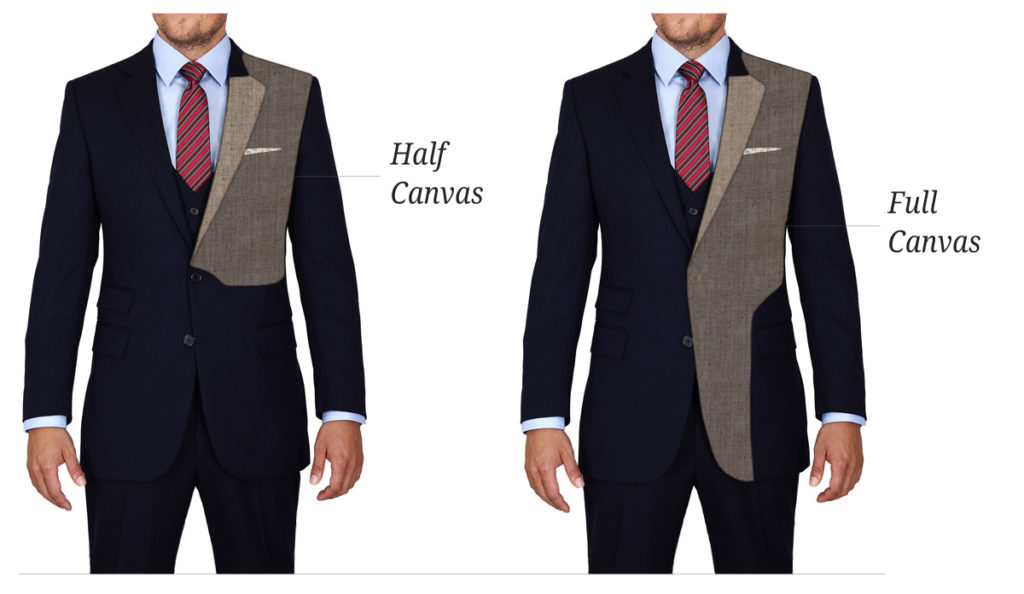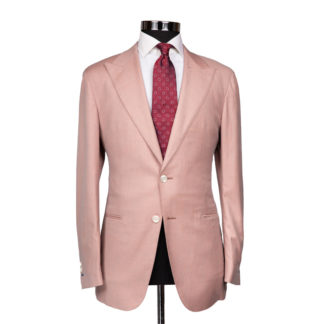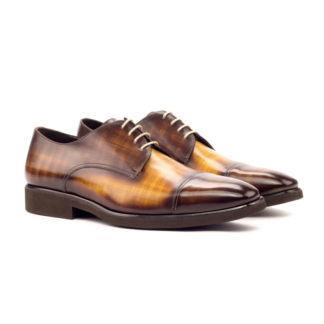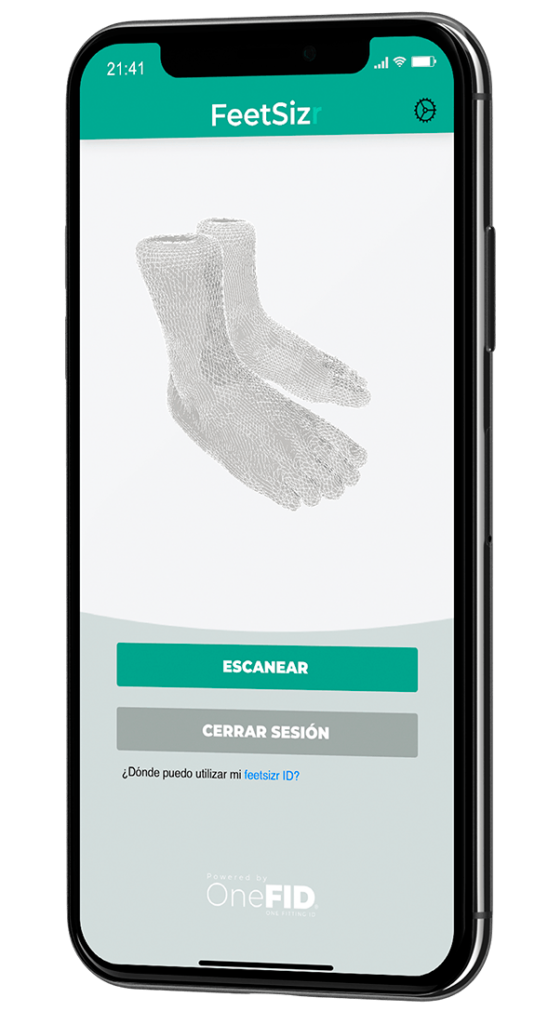
Suits are complex things. There are many aspects that go into constructing a quality suit. From the lapel roll to the cuff break to the interlining, you’ll have a lot of choices when designing your custom suit. Today we’re going to talk about custom suit interlining options. That is, the options you have for the lining that holds your suit together.
What exactly IS interlining?
At its core, interlining is the layer of fabric that goes between the inner and outer layers. It’s what allows the suit to hold shape, kind of like a skeleton. But as with many things in life, there are different levels of quality when it comes to interlining. In the end, what kind of fit your suit has all depends on the suit’s construction. In turn, many times the construction depends on the price point you’re willing to work with.
Price points for custom suits
Suits can vary greatly in price. You can find some suits as low as $50, and some go up to far beyond a several thousand. There are many different factors that go into deciding a suit’s price, and one of them is the interlining type. There are two main variations on suit interlining: fused, and canvas.
Interlining Options
Fused: Cheap in price AND quality
A fused interlining is a thin sheet of fabric (usually wool) heated and pressed between the inner and outer layer. It’s cheap and easy to produce, which means that suits constructed with a fused interlining are usually less expensive. In fact, roughly 95% of off the rack suits are fused. But there are several downsides to getting a suit with a fused interlining.
Since a fused interlining attaches directly to the inner and outer layer, it can feel pretty stiff. In addition, it is also less breathable. So not only will you be hot, you will also be sweating a lot. More sweat of course means more dry-cleaning. Over time, excessive dry cleaning will start to break down the interlining altogether, and that will diminish the suit quality and the fit. With a broken down interlining, the outer fabric layer will bubble up. The fit will get less flattering. Instead of forming to your movements, your suit will sit on top of your body and will sag.
Canvassed: High-class, high price
If you’re looking for a better fit and don’t mind shelling out a bit more cash, consider getting a canvassed suit. Canvassing is a form of interlining where a layer of fabric lays between the inner and outer layers of the suit. While canvassing fabric is usually linen or horse hair, other variations exist. Since the interlining only makes contact at the points where it is sewn, a canvassed suit is very breathable compared to a fused suit. It will move and shift with your body. Even better, the more you wear it, the better it will fit as it begins to mold to your shape.
Full canvas
Compared to a fused interlining, a canvassed suit is both more expensive to produce, and more time-consuming to construct. As a result, you will definitely see the quality reflected in the price. If you are going to a tailor to have a bespoke suit made, be sure to check that they will be creating a canvassed suit for you. There’s no point in paying to have a bespoke suit made with a fused interlining. That would entirely defeat the purpose of having a custom fit.

Half canvassed: A healthy middle
If you’re interested in a canvassed suit but can’t quite afford the price, consider a half canvassed suit. This suit is constructed with a combination of both fused and canvassed interlining. You will have canvas interlining through the chest, lapel, and down to the pocket. The lower half of the jacket is fused. Fused interlining on the lower half is alright since the drape isn’t quite as important there. It’s okay to let the suit taper down so that it has freer motion. You want to retain the heavier structure on upper half of your jacket, where it can serve its purpose. The canvas interlining must form to your shape to accentuate it. That, after all, is the point of a well-fitted suit.
How Can You Tell If A Suit Is Full Canvas or Fused?
If you’ve found a suit you’re interested in and want to know what kind of interlining it has, you can use the ‘pinch test’. Use two fingers of each hand to pinch and separate the inner and outer layer on the chest. If you can feel a third layer in between, then the suit has a canvas interlining. If you can’t feel a third layer, it is because the suit has a fused interlining.
Which Custom Suit Interlining Option Should You Choose?
In virtually all situations, a canvassed suit is the way to go. Canvas gives the best fit and drape, and the longest lasting suit. As mentioned above, the more you wear a canvassed suit, the more it will adjust to your body. The fit will actually improve over time. While fused is a more economical option, we think your best bet is to go at least half canvassed. It makes a big difference if you’re looking for a proper fit. Though canvassed suits are not the cheapest choice, they will last longer and only look better as time goes on. If you can, splurge. At the very least, go half canvassed. Your closet, and your body will thank you.
HARTTER MANLY's Custom Suit Interlining Options: Half or Full Canvas
HARTTER MANLY’s entry level suits are half canvas. Since we choose to only produce the highest quality garments, we offer you an upgrade to full canvas at cost. That means you get the absolute best price on full canvas interlining. Because of our pricing, 90% of our customers pick full canvas for their custom suits and jackets.























